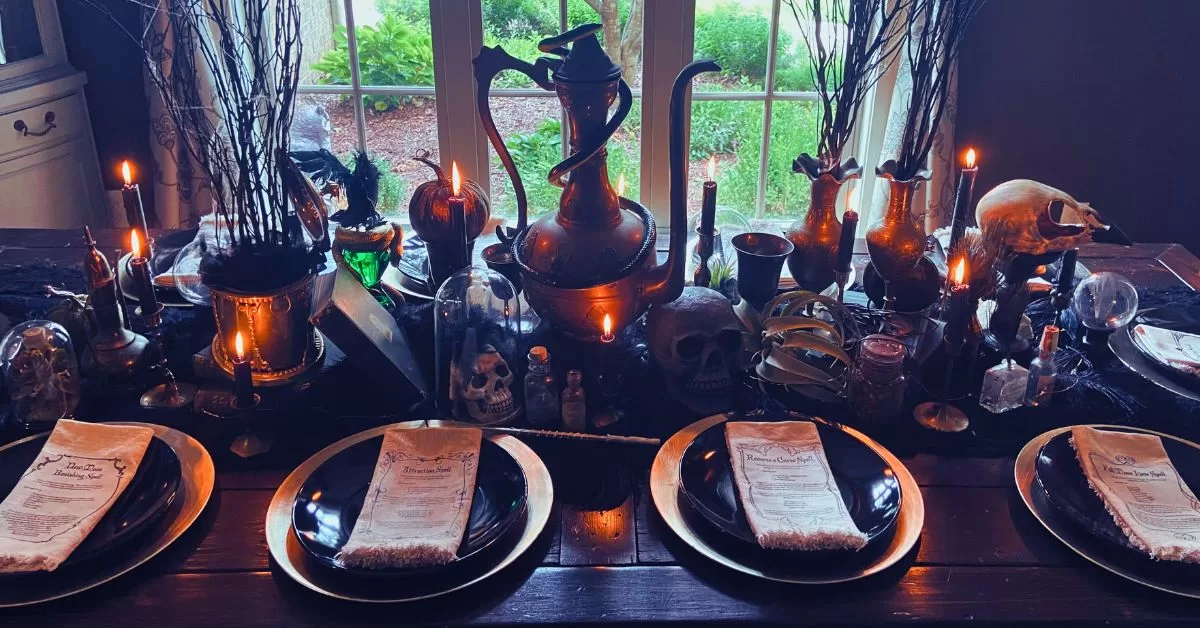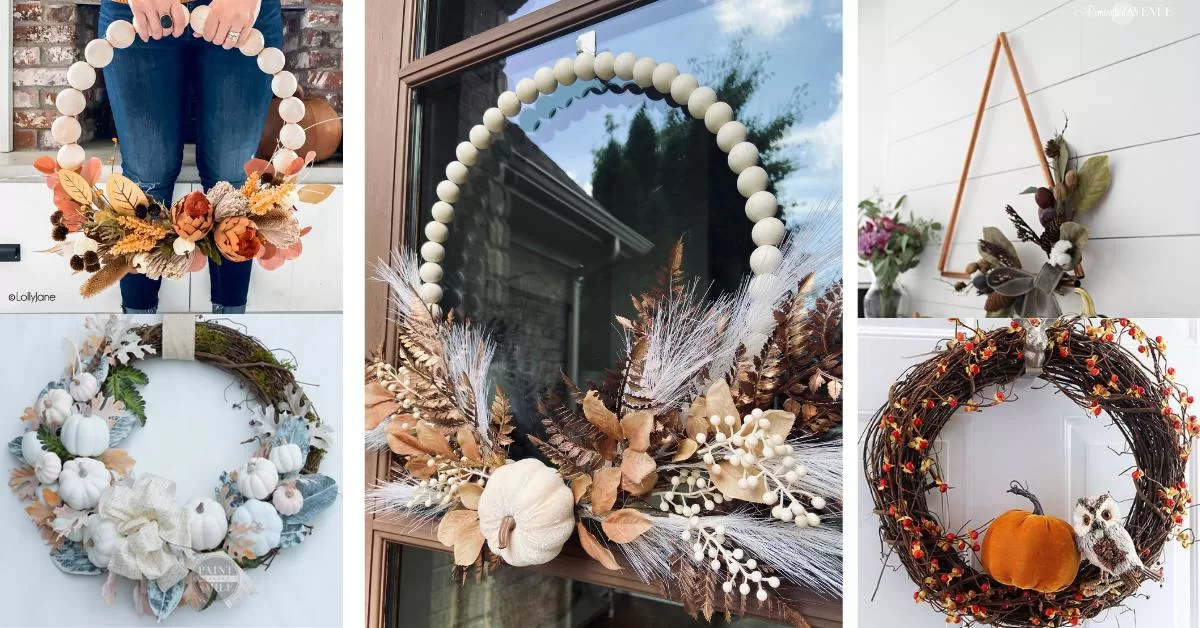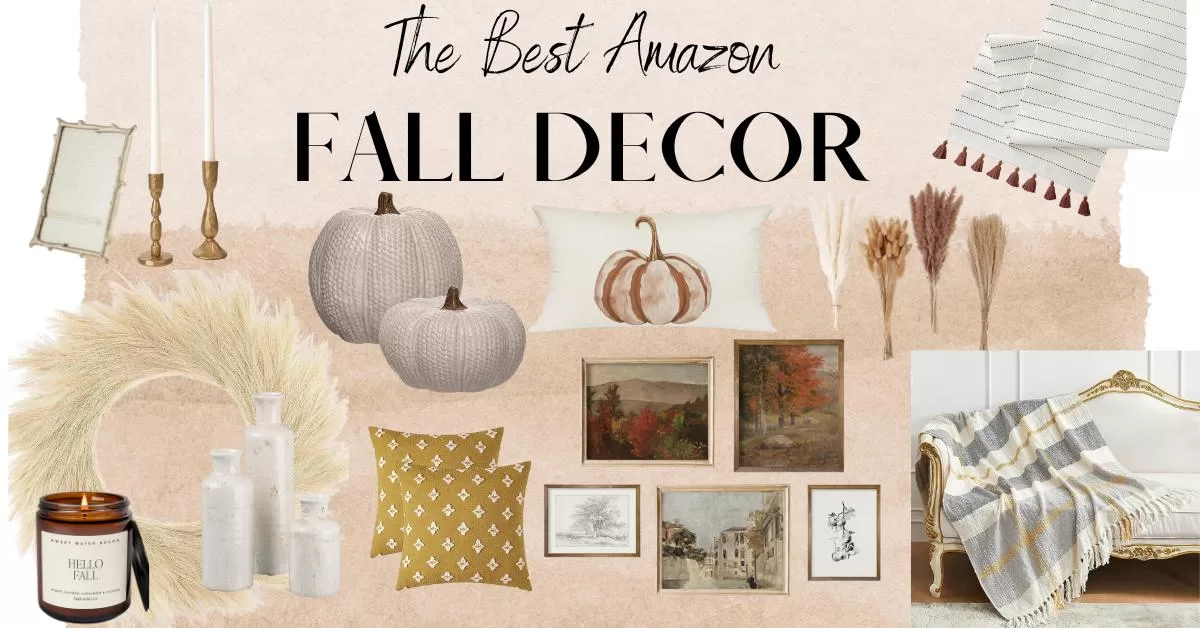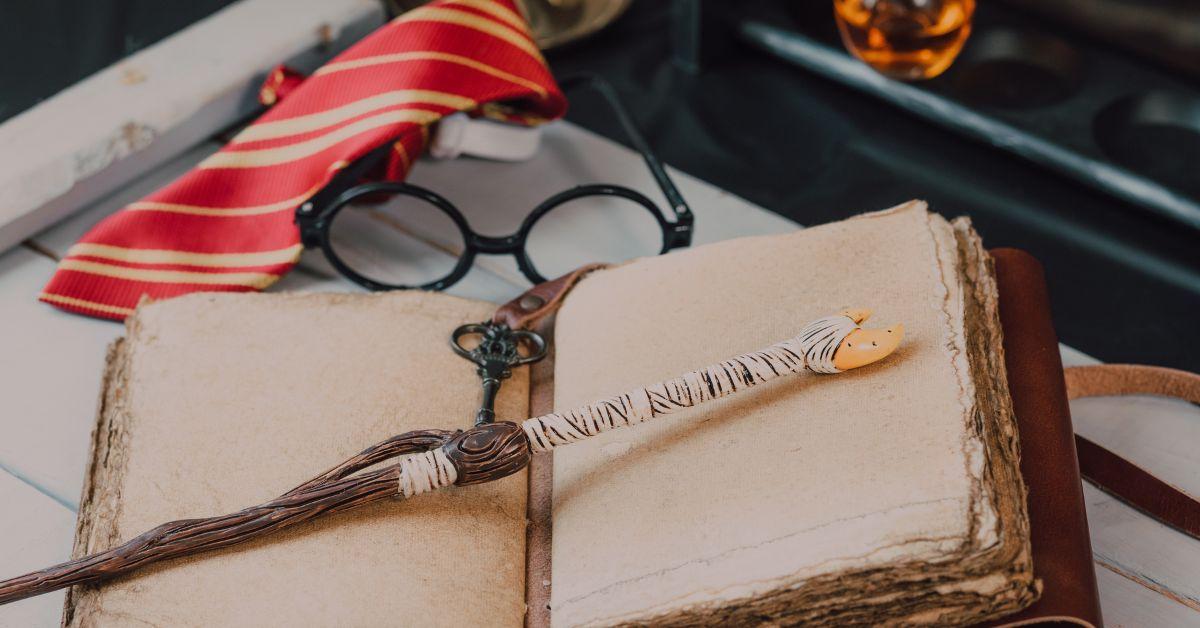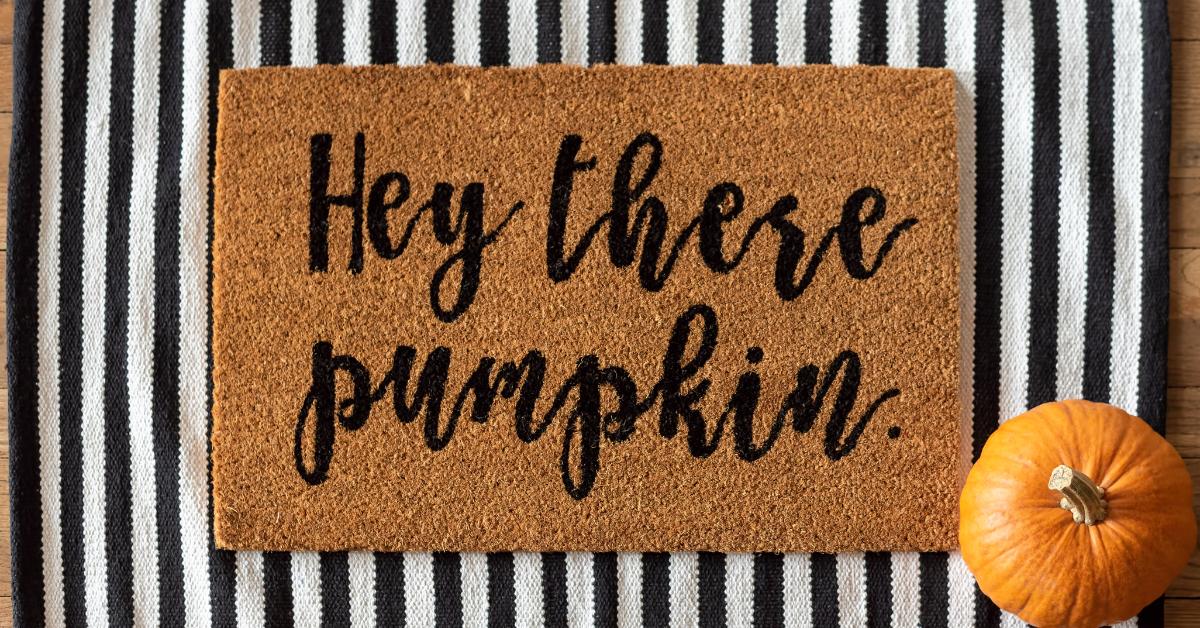Thinking of creating a DIY board and batten wall in your home? Read these 6 tips for a successful and stress-free project!

DIY BOARD AND BATTEN: ADDING CHARACTER
I’ve done several board and batten projects and am always amazed at the character it adds to a room. It adds drama, chic, and a rustic aesthetic to any room.
You don’t need to be a master carpenter or have a large budget for a DIY board and batten project – just some preparation, the right tools, and a day or two of your time.
No matter which pattern or style you opt for, check out these 6 tips before you get started…


{This article may contain affiliate links to products I know and love. As an Amazon Associate, I earn from qualifying purchases at no extra cost to you. See my full disclosure policy here.}
MATERIAL LIST FOR DIY BOARD AND BATTEN PROJECT
I’ll get into material specifics in the tips below. This post is not a full board and batten tutorial, but I have listed the materials that I used for my projects, for reference:
MATERIALS
- Boards (MDF, pre-primed pine, or PVC – see next session for details)
- Chalk line or pencil for outlining
- Liquid nails (optional)
- Wood filler
- Putty knife
- Sanding Block
- Paintable caulk and caulking gun
- Paint – I used Valspar Royal Pine for the green Forest Themed Nursery and Sherwin Williams Georgian Bay for the blue Dinosaur Themed room
- Paint supplies (angled brush, rollers, paint trays, drop cloth, etc.)
TOOLS
- Miter saw or table saw (I love my Craftsman Miter Saw, especially for cutting panels at angles)
- Hammer with finish nails OR brad nailer with brad nails
- Level (I like to use a laser level when drawing my layout on the wall and a traditional level when installing boards)
- Stud finder
- Measuring tape or laser measurer <–these are super handy and surprisingly accurate!
1. PICK THE RIGHT KIND OF WOOD FOR YOUR DIY BOARD AND BATTEN WALL
There are a lot of DIY’ers out there who will tell you how to install board and batten with the cheapest pine or whitewood boards or even fence latticing. Although this is a budget-friendly option, you’ll spend a ton of time sanding and priming, and the finished product will still look cheaply done.
Spend the extra and use pre-primed pine or MDF boards for bedrooms and living spaces. MDF is the most budget-friendly but expands if it gets wet. You’ll need to spend a bit more for PVC trim if you’re installing board and batten in a wet space, like a bathroom, kitchen, or pool room since it offers the most water resistance. Trust me, you don’t want to pour your time and money into creating a beautiful accent wall, just so it begins to warp and show water damage from use six months later.


I’ve also heard that MDF can expand if you live in a very humid area. I’ve never had trouble with it in Kentucky, but my friends in the deep south may want to opt for pre-primed pine or PVC trim just to be safe.
Depending on your style, you may choose to add chair rail or trim to accent your main panels.
2. FINISH NAILS ARE STRONGER, BUT BRAD NAILS ARE SEAMLESS
Brad nails are smaller and less noticeable, and if you have a brad nailer or nail gun that can use brad nails, you’re going to move a LOT quicker. The other option is to use a traditional hammer and finish nails, but make sure you use a quality wood filler and sanding block to hide the little indent. Finish nails are thicker than brad nails so they more likely to split thin or delicate pieces of wood, so they are best not used on thinner panels.
Cement like liquid nails is optional if you’re using nails anyway. I opted to use it for heavier/wider boards when constructing my son’s Forest Themed Room, but skipped it with thinner, lightweight panels used in my nephew’s Dinosaur Themed Room.
3. CHOOSE A STYLE BASED ON YOUR INTERIOR PREFERENCE AND LEVEL OF EXPERTISE
Grid layouts are classic and go with about every style. Geometric board and batten walls are edgy and modern. Vertical boards may be the most beginner friendly since you’re only joining the panels to a single horizontal panel at the top and bottom.


In my opinion, a wall with a geometric/abstract style and diagonal panels is WAY more forgiving when it comes to making cuts. For example, if I’m off by ¼” on a cut for a 90-degree/perpendicular layout for a grid panel, I’ve got issues. I’ll need to cut a new board or fill the gap with filler. But if I happen to be off ¼” for diagonal panels – which have 45-degree mitered ends – I can just slide it up/down/over until it lines up with the adjoining boards.
That was the case with this Dinosaur-Themed Kid’s Room, where I freehanded an abstract pattern with a mix of vertical and diagonal lines, then cut MDF panels accordingly. If I was off just a hair with a panel, I was able to slide it into place by shifting the board, and no one was the wiser!
Now, that’s no excuse to get sloppy – measure twice and cut once, and all that jazz. But if you’re a total beginner and worried about your carpentry skills (or lack thereof), opt for an abstract wall or a really simple panel style that doesn’t require a lot of cuts.
4. MEASURE WITH THESE THINGS IN MIND…
Board and batten isn’t a type of DIY project where you can fly by the seat of your pants. You’ll need to ensure you plan accordingly by:
- Measuring for the total amount of trim, then add a bit extra for mistakes.
- Remember to account for baseboards and/or ceiling molding. Will you be leaving the existing baseboards and molding or replacing it? Either way will affect your panel layout, measurements, and amount of material needed.
- Sketch out your dimensions on graph paper or use a board and batten spacing calculator, like this one. It’s free and will tell you exactly how to space your boards, which will help you figure how much material you will need.

5. PRIME AND PAINT WALLS BEFORE PANEL INSTALLATION
Prep your wall (make sure any holes in the walls are filled and sanded and ensure the wall is smooth, clean, and primed if necessary).
Then, paint the wall and your panels BEFORE installation. It’s a time saver because if you wait until installation to paint (like I did with the dino room!), then you’ll have to paint around more corners and angles.
Lesson learned – paint first and then touch up after installation.
6. CUT AS YOU GO, NOT ALL AT ONCE
Why? Because your walls, ceiling, baseboard, and existing trim may not be exactly level.
When it comes to the actual installation, measure each batten as your go and make cuts accordingly.
You’ll thank me later.


Alright y’all, those are my top tips for a DIY board and batten project. It’s not the quickest DIY project and it takes a little planning, but it’s totally doable. You’ve got this!
If you’d like to see the full posts for my Forest Theme Nursery and Dinosaur Kid’s Room makeovers, check them out!


